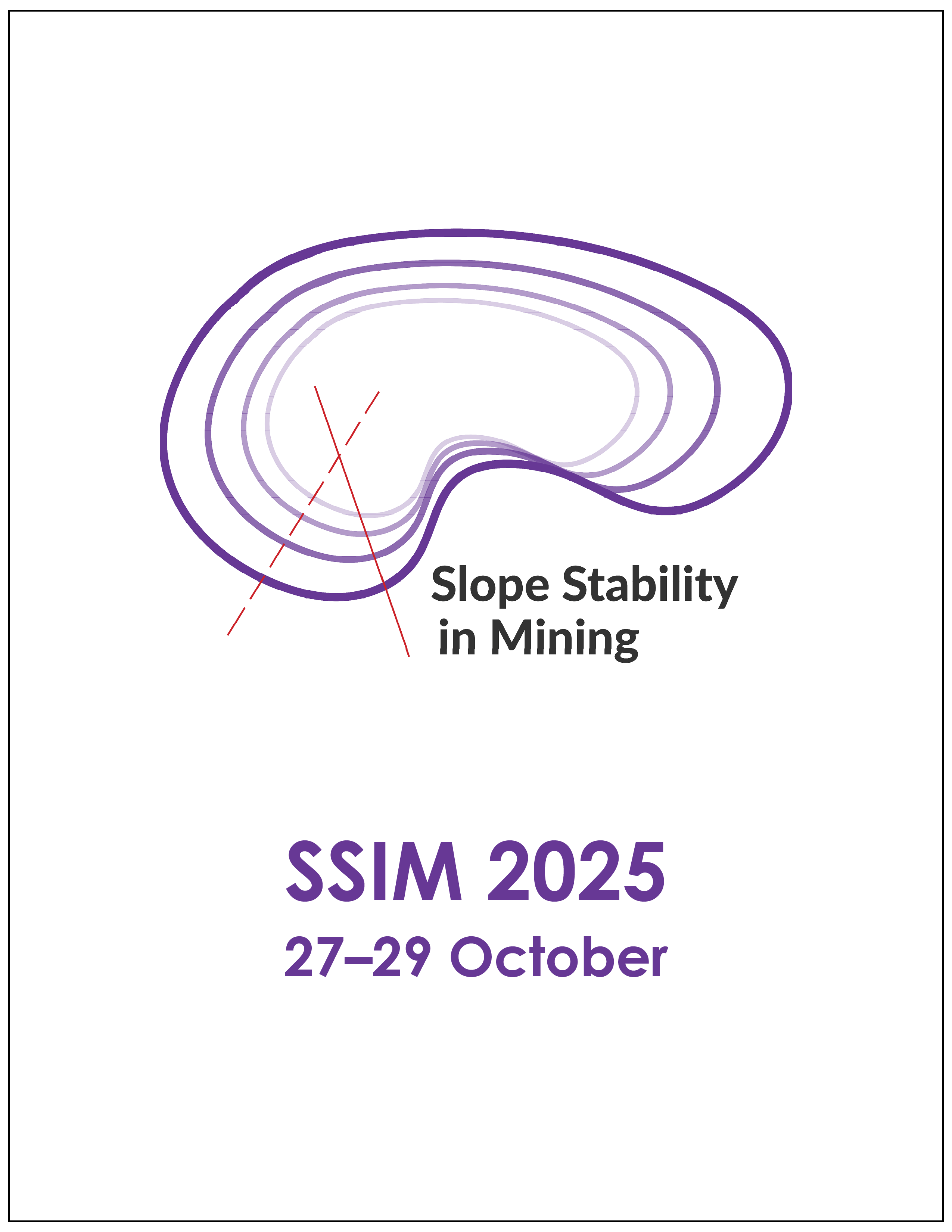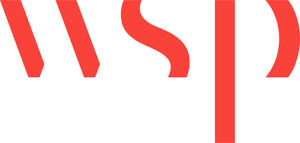Bridging the skills gap: a blueprint for enhancing ground control capabilities

|
Authors: Hossack, A; Domergue-Schmidt, I; Thomas, L; Hemingway, G |
DOI https://doi.org/10.36487/ACG_repo/2535_03
Cite As:
Hossack, A, Domergue-Schmidt, I, Thomas, L & Hemingway, G 2025, 'Bridging the skills gap: a blueprint for enhancing ground control capabilities', in JJ Potter & J Wesseloo (eds), SSIM 2025: Fourth International Slope Stability in Mining Conference, Australian Centre for Geomechanics, Perth, https://doi.org/10.36487/ACG_repo/2535_03
Abstract:
The skills shortage in the mining industry is a critical challenge, particularly for organisations seeking geotechnical expertise, and can be attributed to several interrelated factors. Firstly, the number of universities offering specialised technical programs in specific areas, such as geotechnical engineering, mining engineering, and geology, has reduced over recent years. This is primarily due to a lack of awareness/interest by a new generation who demand meaningful and flexible work arrangements in combination with career development opportunities over traditional remunerative benefits. Compounding this issue is the fact that regulatory frameworks governing mining operations have become increasingly stringent, while the risk tolerance of mining executives has declined in response to diminishing public tolerance for industrial accidents. Consequently, the stress experienced by geotechnical professionals is often high, causing some to leave the discipline for other opportunities. Another reason for the skills shortage is the fact that larger geotechnical teams are becoming a necessity to meet the growing demands of the technologies that are being implemented to manage geotechnical risks. For example, the advent of slope stability radars ushered in a new era of monitoring within the mining industry, but introduced an additional set of demands that had to be met by the geotechnical community to ensure the effectiveness of these tools. Finally, a significant proportion of the mining workforce in specific regions is anticipated to retire over the next 5–10 years putting further pressure on the industry (Stutt 2023). Together, these factors have intensified the industry’s struggle to secure the necessary technical expertise, meaning that company-specific development programs which offer a comprehensive learning experience for professionals have become more important than ever before. This paper will discuss a process for creating a geotechnical capabilities development program that can be applied to any mining organisation. It is hoped that by making this information publicly available, companies will adopt this process, or a similar process, thereby increasing the likelihood of a capable and thriving geotechnical community.
Keywords: geotechnical, ground control, capabilities, development, advancement program, framework
References:
Creagh, B 2019, BHP prepares future workforce through ‘School of Rock’ Program’, Australia Mining, viewed 3 March 2025,
Deloitte 2022, The Skills-Based Organization: A New Operating Model For Work And The Workforce, viewed 10 January 2025,
Lombardo, MM & Eichinger, RW 1996, The Career Architect Development Planner, 1st edn, Lominger, Minneapolis.
Mining Industry Human Resources Council 2021, Mining Year In Review National Outlook, Mining Industry Human Resources Council, Kanata.
Rio Tinto 2021, Partnership for Future of Mining: Geotechnical Capability Development Launched Successfully, Rio Tinto, Ulaanbaatar
Stutt, A 2023, ‘Colorado School of Mines warns of ‘grey tsunami’ of mining industry retirements’, Mining.com, viewed 26 February 2025,
© Copyright 2025, Australian Centre for Geomechanics (ACG), The University of Western Australia. All rights reserved.
View copyright/legal information
Please direct any queries or error reports to repository-acg@uwa.edu.au
View copyright/legal information
Please direct any queries or error reports to repository-acg@uwa.edu.au

